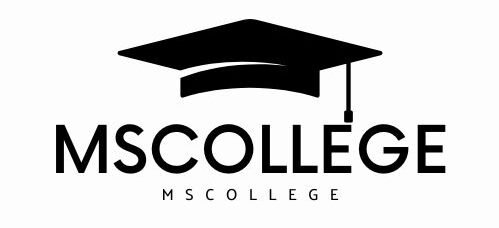The Bicentennial Quarter, minted in 1975 and 1976, is more than just a coin commemorating America’s 200th anniversary; it holds secrets that can lead to incredible value for collectors. While most of these quarters are worth only face value, certain rare varieties can fetch millions. Here’s a detailed exploration of the Bicentennial Quarters, their history, and what makes some of them extraordinarily valuable.
1. The Bicentennial Design
In 1975, the U.S. Mint decided to create a special quarter to celebrate the United States’ 200th birthday. The coin features:
- Obverse: A depiction of George Washington, designed by John Flanagan.
- Reverse: An image of a colonial drummer, designed by Jack L. Ahr, encircled by the words “United States of America” and “Quarter Dollar,” with the year “1776” and “1976” prominently displayed.
This design was unique, as it was the first time the reverse of a circulating coin was changed for a commemorative event.
2. Minting Process and Variations
The Bicentennial Quarters were minted in two different years, leading to some confusion among collectors. Here are key aspects of their minting:
- Types of Mint Marks: Bicentennial Quarters were produced at three mints: Philadelphia (no mint mark), Denver (D), and San Francisco (S). The San Francisco mint produced both regular business strikes and proof versions.
- Special Features: Some quarters were made in 40% silver for collectors, adding to their value.
3. Rarity and Value Factors
While most Bicentennial Quarters are worth only 25 cents, several factors can affect their value significantly:
- Mint Condition: Coins in uncirculated (MS-60 or better) condition are worth more. The more pristine the coin, the higher the potential value.
- Rare Variants: Certain errors or unique variations can lead to high prices. For instance, the 1976-S proof quarter has some rare varieties that are highly sought after.
4. High-Value Examples
Some Bicentennial Quarters have achieved remarkable auction prices:
- 1976-S Type 2 Quarter: Known for its distinct features, this coin can fetch over $1,000 in uncirculated condition.
- 1976-S Silver Proof Quarter: This rare variant can reach prices over $2,000 or more, especially if it is in pristine condition.
- Unique Error Coins: Coins with misstrikes or unique errors can lead to prices in the millions. For example, one 1976 Bicentennial Quarter with a double die error sold for over $500,000.
5. Collecting Tips
If you’re interested in starting a collection or identifying valuable Bicentennial Quarters, consider the following tips:
- Educate Yourself: Familiarize yourself with the different mint marks and the design features of the Bicentennial Quarters.
- Inspect Carefully: Look for errors, unique markings, or signs of wear. Coins in better condition are more valuable.
- Consult Experts: If you suspect you have a rare quarter, consult a professional coin dealer or grading service to get an accurate assessment of its value.
- Join Collector Groups: Engage with other collectors through online forums, clubs, or social media groups to learn more about rare finds and share your collection.
Conclusion
The Bicentennial Quarter is a fascinating piece of American history, combining artistic design with potential value for collectors. While most quarters are worth only a quarter, certain rare variants can be worth thousands, or even millions. Understanding the minting process, identifying key features, and recognizing valuable variations are crucial for any collector looking to uncover the secrets behind these million-dollar coins. With a little knowledge and some careful inspection, you could uncover a hidden treasure in your pocket change!
FAQs
- What makes some Bicentennial Quarters worth more than others?
- Rarity, condition, and unique features such as errors or special mint marks contribute to the value.
- How can I tell if my Bicentennial Quarter is rare?
- Look for specific mint marks (D, S, or none) and inspect for any unique features or errors. Consulting a coin guide or expert can also help.
- Are all Bicentennial Quarters made of silver?
- No, only the proof versions minted at the San Francisco mint were made with 40% silver. Regular quarters are made of copper-nickel.
- Where can I sell my rare Bicentennial Quarter?
- Rare coins can be sold through auction houses, coin dealers, or online marketplaces. It’s best to get an appraisal first.
- How can I start collecting coins?
- Begin by researching coin types and values, joining collector clubs, and purchasing coins from reputable dealers. Start with coins you find interesting!

